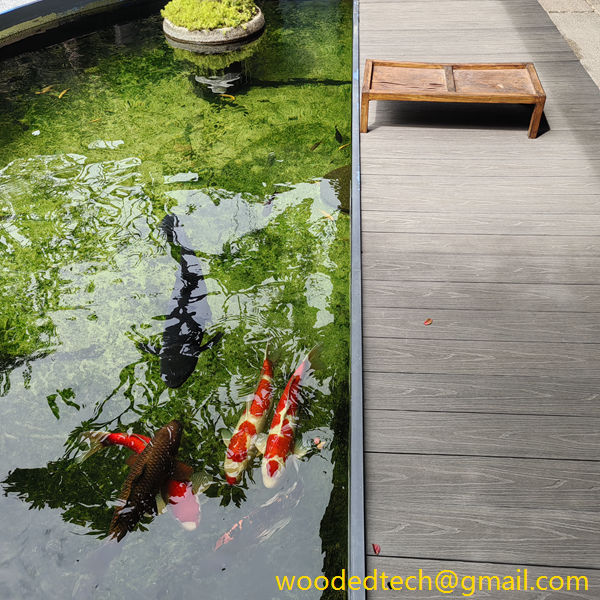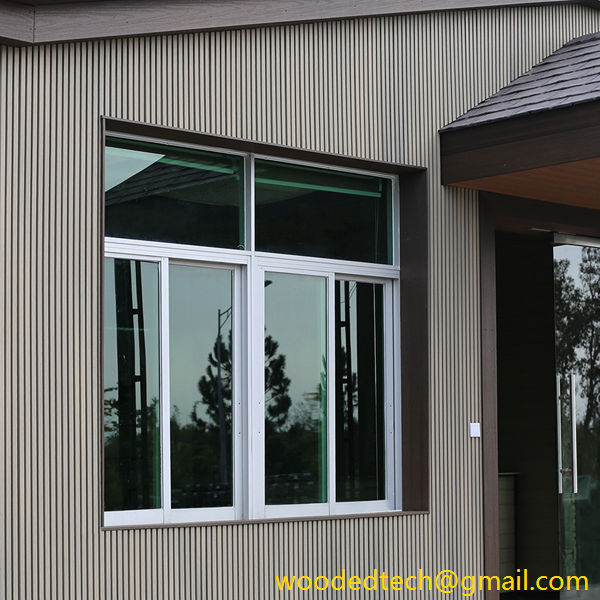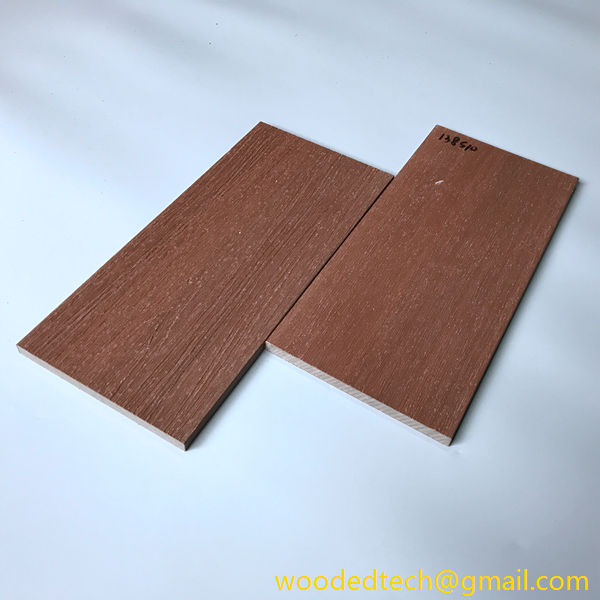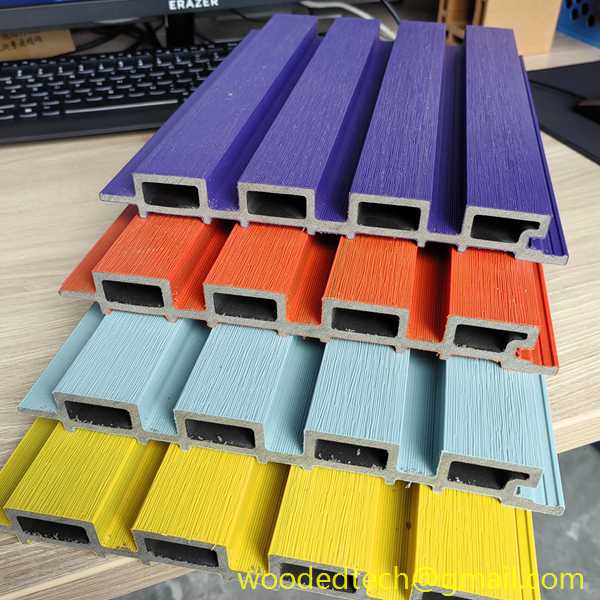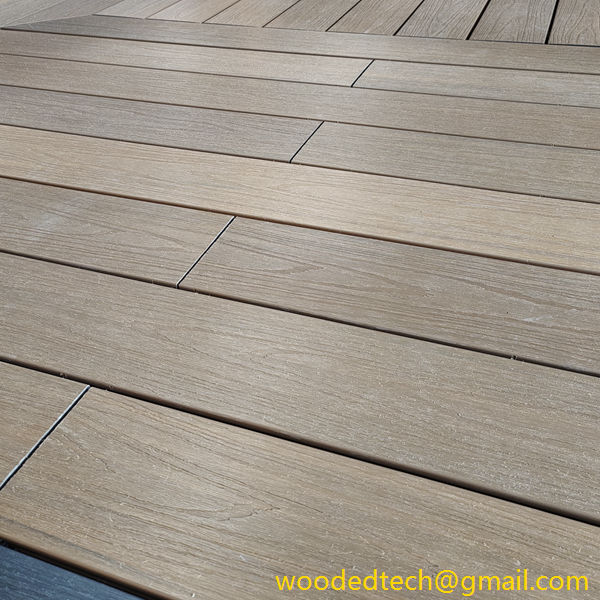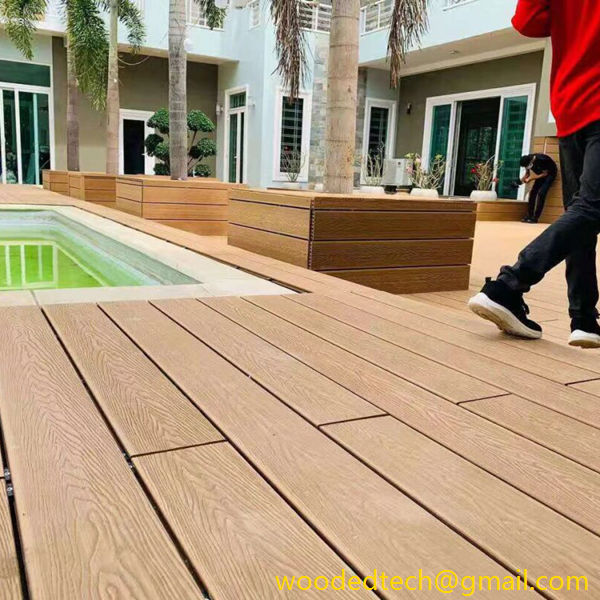Composite metal decking has emerged as a favored choice in modern construction, particularly for multi-story buildings and various infrastructural projects. This innovative building material combines the benefits of steel and concrete, providing exceptional structural integrity while offering numerous advantages in terms of installation and maintenance. Understanding these benefits can help construction professionals make informed decisions when selecting materials for their projects.
One of the primary advantages of composite metal decking is its exceptional strength-to-weight ratio. Made from high-strength steel, combined with a concrete topping, composite metal decks provide considerable load-bearing capabilities without adding excessive weight to the structure. This characteristic is particularly beneficial for high-rise buildings, where minimizing weight is crucial to reducing the overall load on the building’s foundation and supporting systems. As a result, engineers can design taller structures with confidence, knowing that their foundations will not be unduly stressed.
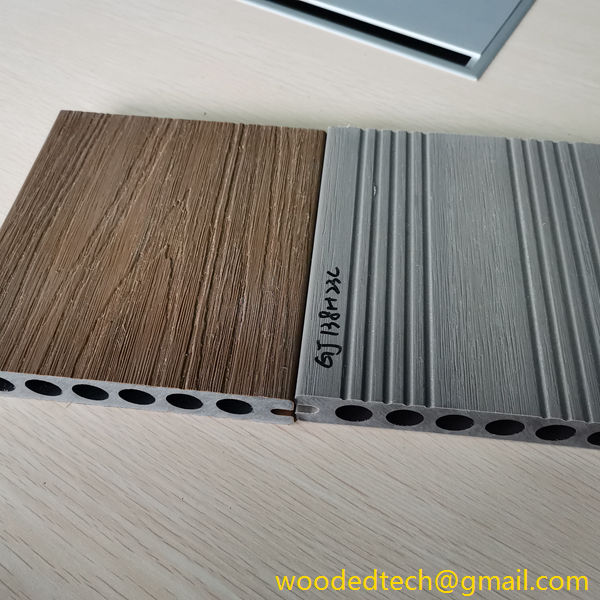
In addition to strength, composite metal decks also offer significant advantages in terms of speed and ease of installation. The panels are pre-manufactured to precise specifications, allowing for quick assembly on-site. This efficiency can significantly reduce labor costs and construction timelines. Workers can easily handle the lightweight panels, which can be installed using standard lifting equipment. The speed of installation also minimizes disruption to surrounding areas, making it an ideal choice for urban construction sites where space and time are often limited.
Moreover, the interlocking design of composite metal decking contributes to its structural integrity. The panels are designed to work in conjunction with the concrete topping, creating a composite action that enhances the overall strength of the flooring system. This interlock allows for better load distribution across the decking, reducing the risk of localized failures that can occur with traditional flooring systems. As a result, buildings constructed with composite metal decking tend to have improved resistance to deflection and vibrations, creating a safer and more comfortable environment for occupants.
Another significant benefit of composite metal decking is its fire resistance. Steel inherently has a high melting point, and when combined with concrete, it creates a robust barrier against fire. This characteristic is vital in ensuring the safety of the structure and its occupants. Building codes often require certain fire ratings for materials used in construction, and composite metal decking typically meets or exceeds these requirements, making it a reliable choice for various building types.
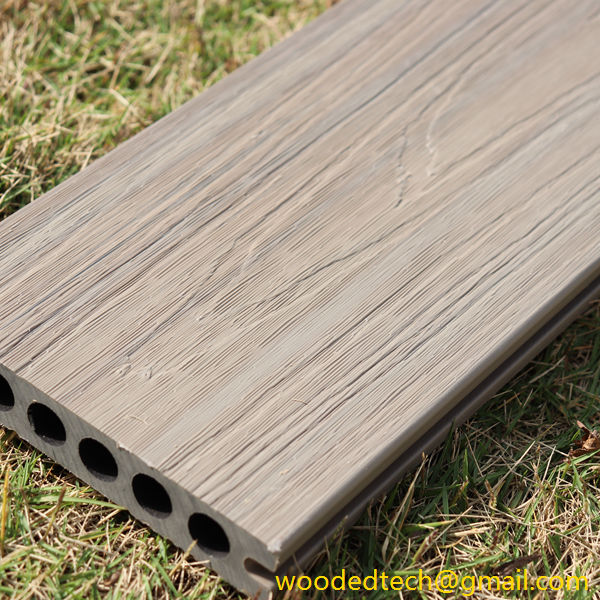
From a maintenance perspective, composite metal decking offers several advantages as well. The durability of the materials used ensures that the decking can withstand the rigors of everyday use, including foot traffic and equipment loads. Unlike traditional wood decking, which can warp or rot over time, composite metal decking remains stable and provides a long-lasting solution. This resilience translates into lower maintenance costs over the life of the building, as property owners do not need to invest in frequent repairs or replacements.
Furthermore, the non-combustible nature of composite metal decking contributes to reduced maintenance needs related to fire safety. In the event of a fire, the resistance of the metal and concrete can slow the spread of flames and provide additional time for evacuation. This characteristic not only enhances safety but also minimizes potential damage to the structure, resulting in lower costs associated with fire-related repairs.
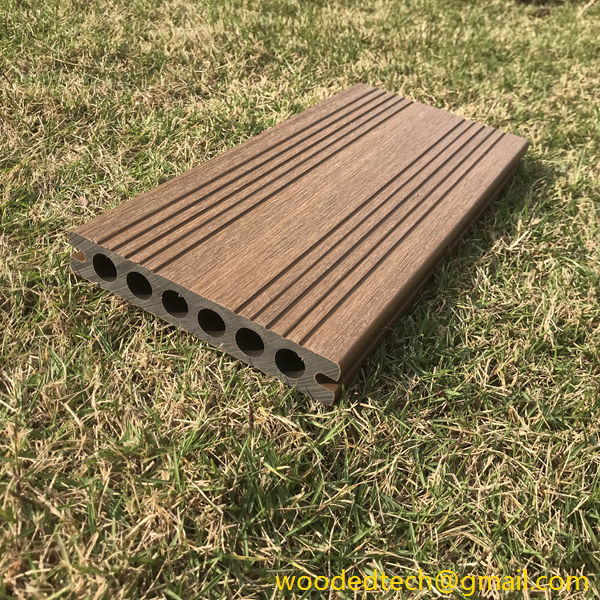
Another aspect to consider is the environmental impact of using composite metal decking. The materials are often recyclable, which reduces waste and supports sustainable building practices. Additionally, the energy efficiency of buildings constructed with composite metal decking can be enhanced through proper insulation techniques. This can lead to lower energy consumption for heating and cooling, contributing to a reduced carbon footprint over the building’s lifecycle.
In conclusion, the benefits of composite metal decking extend far beyond its structural integrity. Its strength-to-weight ratio, ease of installation, fire resistance, durability, and low maintenance requirements make it a superior choice for modern construction projects. As the construction industry continues to evolve, opting for materials that offer both performance and sustainability will become increasingly important. Composite metal decking not only meets these criteria but also provides a reliable solution for builders seeking to create safe, efficient, and long-lasting structures. By understanding and embracing the advantages of this innovative material, construction professionals can enhance their projects while ensuring the safety and satisfaction of the end-users.

